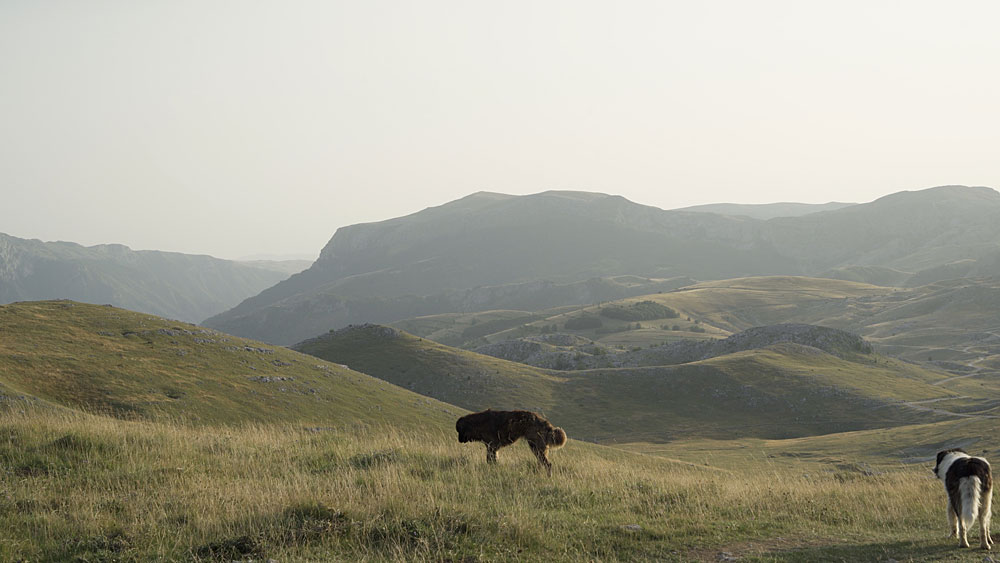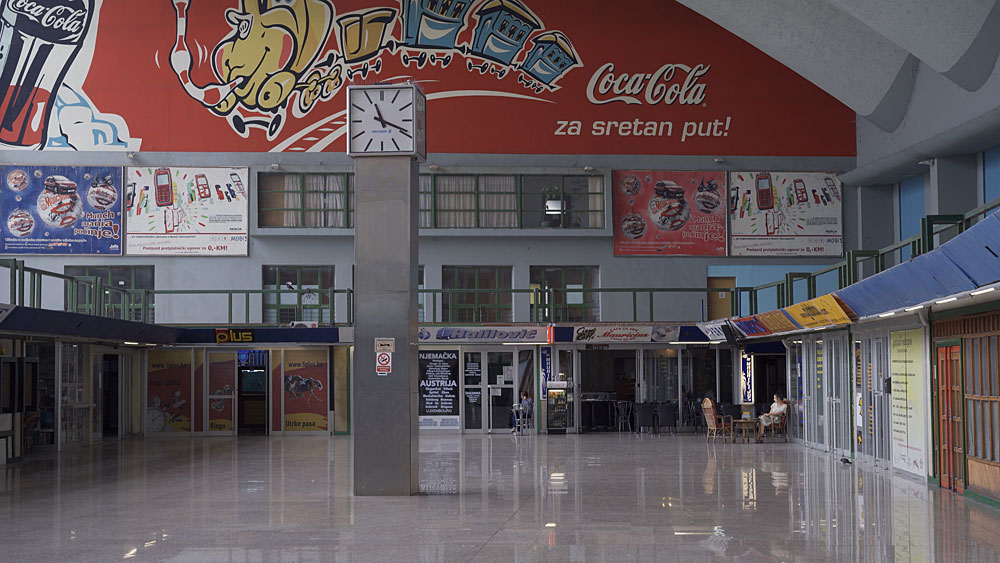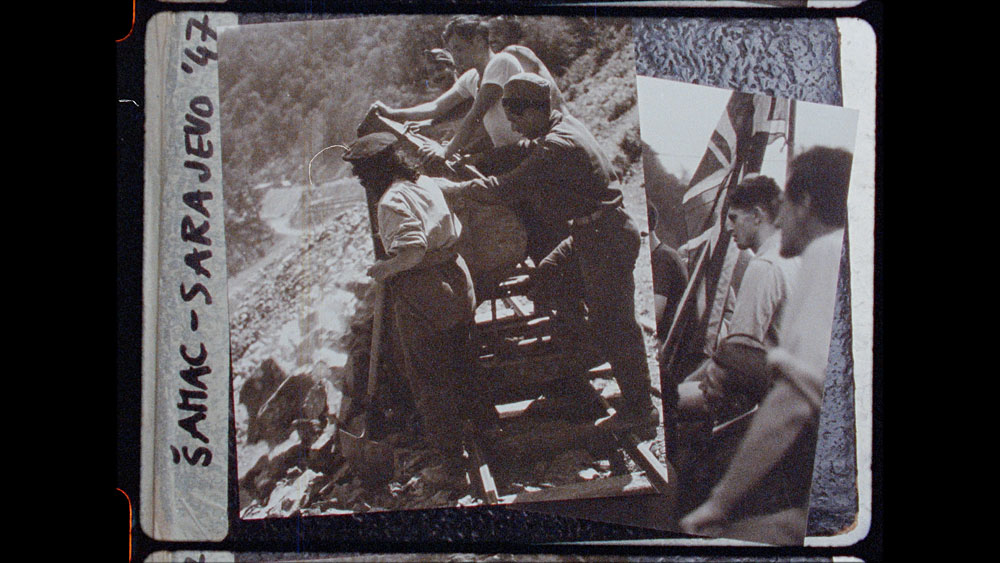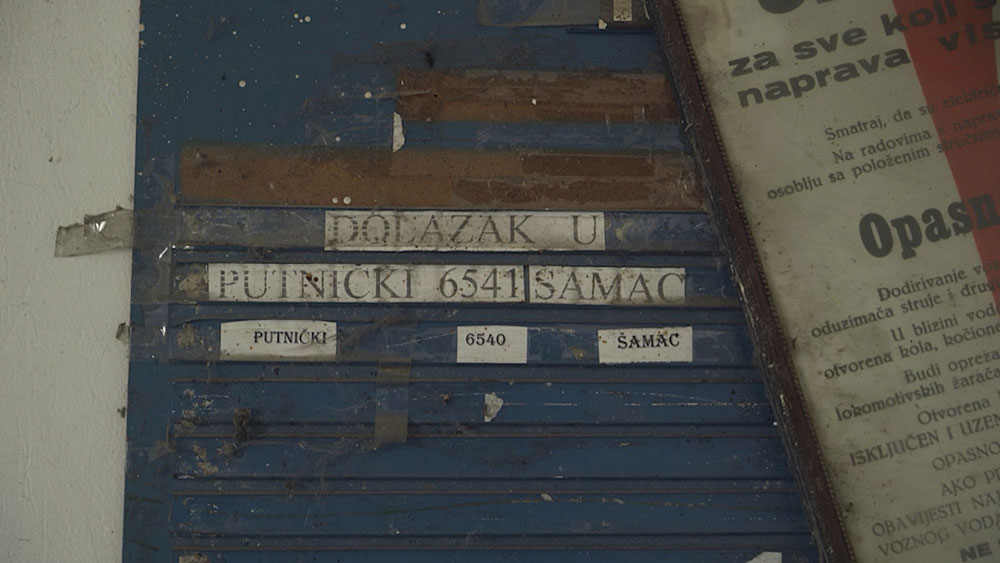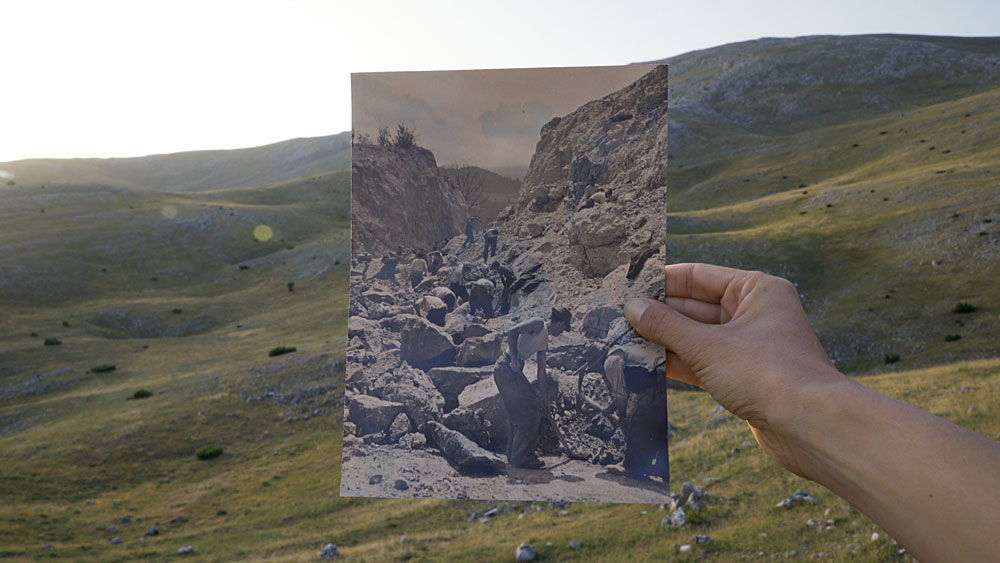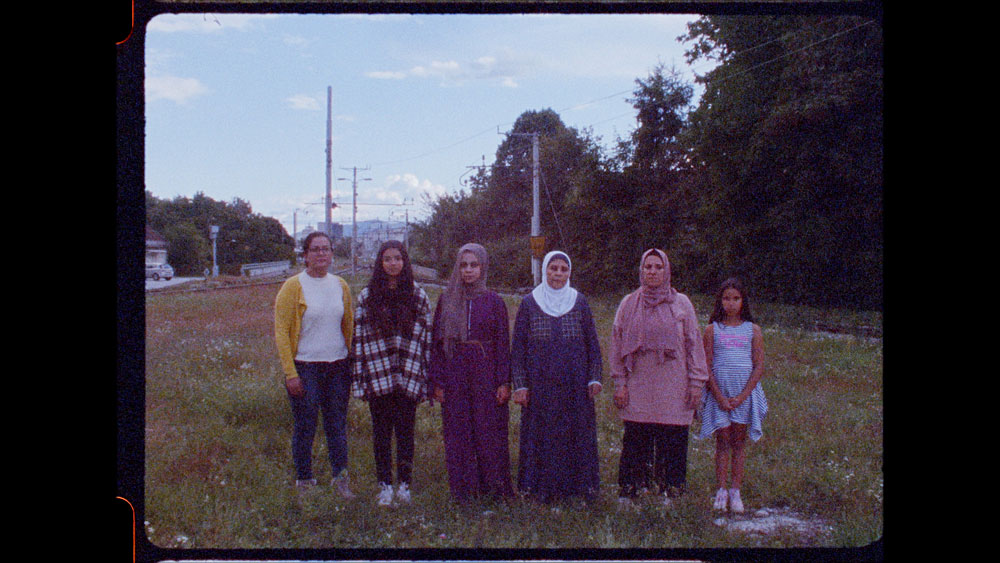Youth work actions were an inseparable part of socialist Yugoslavia. Through voluntary work, thousands of young brigadiers, both men and women, have contributed towards developing the country and the realisation of key infrastructure projects such as motorways, railways, bridges, tunnels, factories, residential buildings, schools, hospitals, and parks. One of these projects was the Šamac–Sarajevo railway, built in 1947 in a mere seven months. Young people from Yugoslavia were joined by a number of brigadiers from Italy, Great Britain, Greece, France, Denmark, Sweden, Palestine, and so on.
During the war in the nineties, the railway was damaged. The later Dayton Agreement cut it in two while its vital parts were privatised. The last train on the Šamac–Sarajevo line pulled out in 2011. Today, the rails are often used by people on their way to a better future.
Newsreel 242 – Sunny Railways Obzornik 242 – Sunčane pruge
Photos
What's On
Whites Wash at Ninety Belo se pere na devetdeset
Marko Naberšnik
Wednesday, 07. 01. 2026 / 13:00 / Main Hall
A film adaptation of the bestselling novel by Bronja Žakelj, in which the author recounts her own life story. Set in Ljubljana in the 1980s, the film is a touching, humorous, and inspiring tale of growing up, loss, and survival.
Father Mother Sister Brother Father Mother Sister Brother
Jim Jarmusch
Wednesday, 07. 01. 2026 / 16:40 / Main Hall
Three stories, sometimes funny, sometimes sad, about the relationship between parents and their adult children. Jim Jarmusch’s “anti-action film” received the Golden Lion in Venice.
New Classmates Novi sošolci
Toni Cahunek
Wednesday, 07. 01. 2026 / 18:00 / Small Hall
Slovenia’s economy relies on workers from Kosovo. But how does society accept their children? The documentary New Classmates explores the background of Kosovar immigration and the challenges their children face integrating into a new country. It highlights the stories of four children of immigrant families and their parents, who face various obstacles due to their ethnic background and limited knowledge of the Slovenian language.


